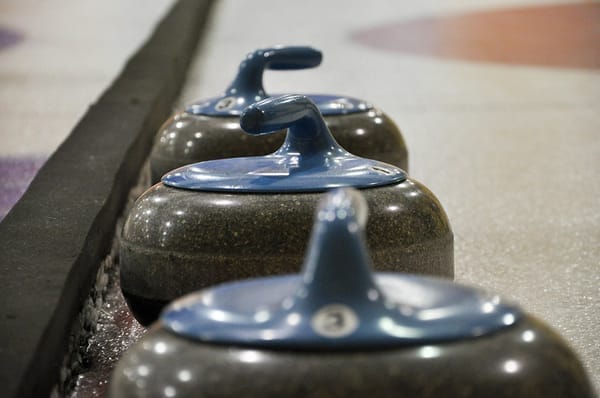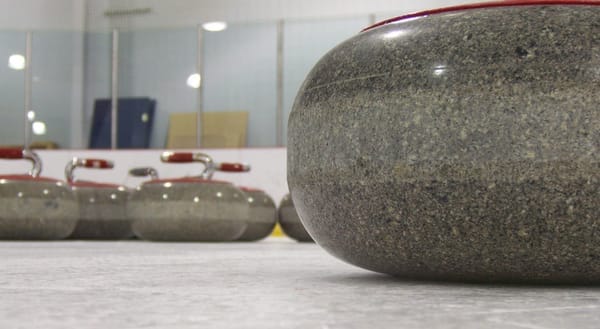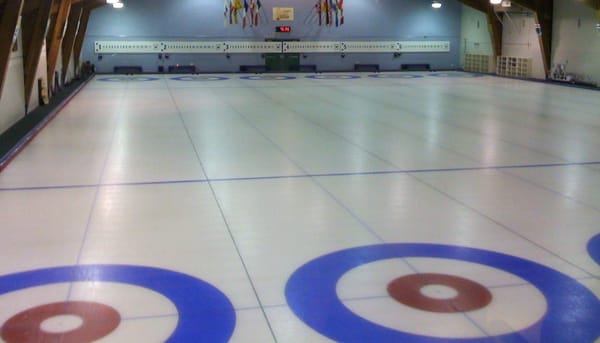Understanding the Drag Effect

The drag effect is a fascinating phenomenon in curling that can significantly influence the outcome of a game. It occurs when two stones are positioned closely—typically within two inches of each other. When the first stone is struck, its striking band can unexpectedly alter the path of the second stone, demonstrating the intricate mechanics at play in this precision sport.
What is the Striking Band?
The striking band is the narrow edge on the outer surface of a curling stone that makes contact with the ice. This band is intentionally roughened to create friction, which is essential for the stone's ability to curl. The design of the striking band plays a pivotal role in how effectively one stone can influence another during gameplay.
Mechanics Behind the Drag Effect
When the first stone makes contact with the second, the interaction at the striking band generates a lateral force. This force can effectively "drag" the second stone along with it. The drag effect becomes more pronounced with a thicker and rougher striking band, which grips the second stone more effectively.
Factors Influencing the Drag Effect
Several elements determine the extent of the drag effect:
-
Distance Between Stones: The effect is strongest when the stones are either touching or very close. As the distance increases, the impact of the drag effect diminishes.
-
Striking Band Characteristics: A thicker and rougher striking band enhances the drag effect, allowing for a more significant influence on the second stone.
-
Angle of Impact: The angle at which the first stone strikes the second also affects the direction and strength of the drag effect.
-
Ice Conditions: The state of the ice, including factors like frost or debris, can alter the friction between the stones, thereby impacting the drag effect.
Practical Applications of the Drag Effect
Understanding the drag effect is crucial for executing strategic shots in curling. For instance, if two stones are clustered together in front of the house, a skilled curler can use the drag effect to remove one or both stones by hitting the first stone at a calculated angle. This manipulation allows the second stone to be pulled in the desired direction, which can be pivotal for scoring or defense.
Drag Effect vs. Double Run Back
It’s essential to differentiate the drag effect from a double run back. While the drag effect relies on the friction between the striking band and the second stone, a double run back involves using the momentum of the first stone to propel the second stone towards the target, typically with the stones positioned farther apart.
Conclusion
The drag effect showcases the subtle yet powerful techniques that skilled curlers can utilize in various game situations. It highlights the importance of understanding rock mechanics and the complex interplay of forces at work in curling. By mastering this phenomenon, players can enhance their strategic options and improve their overall performance on the ice.



